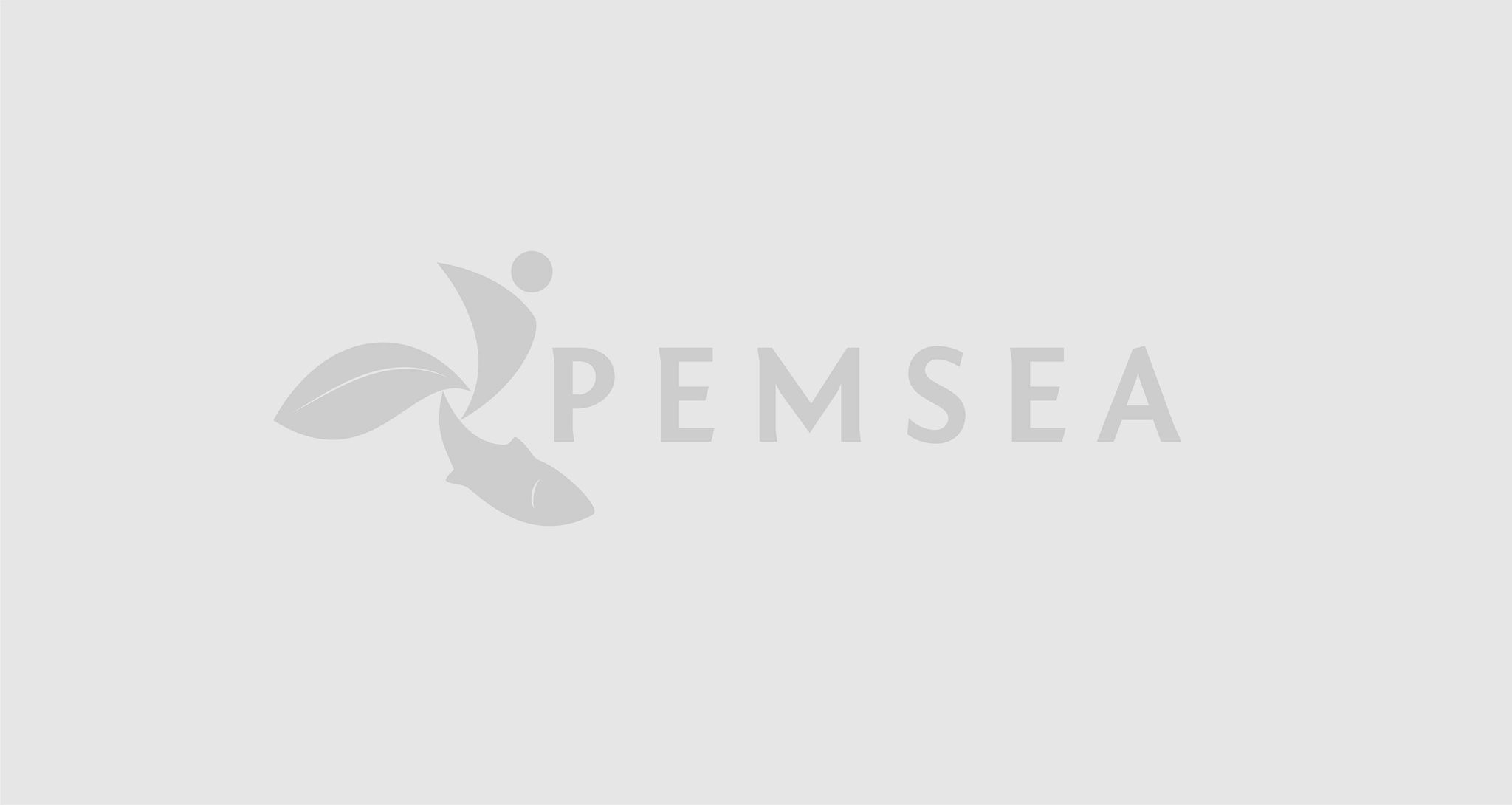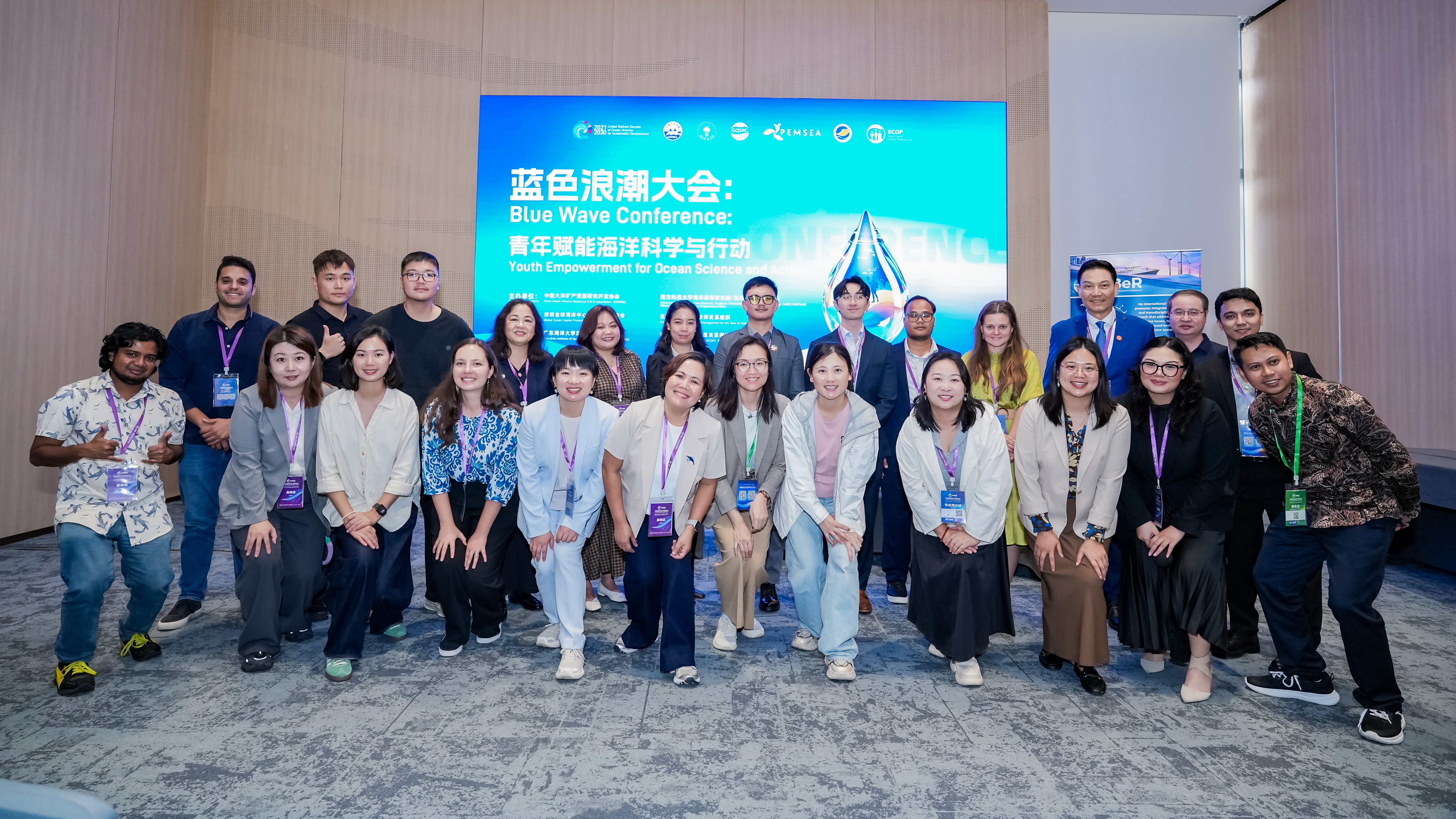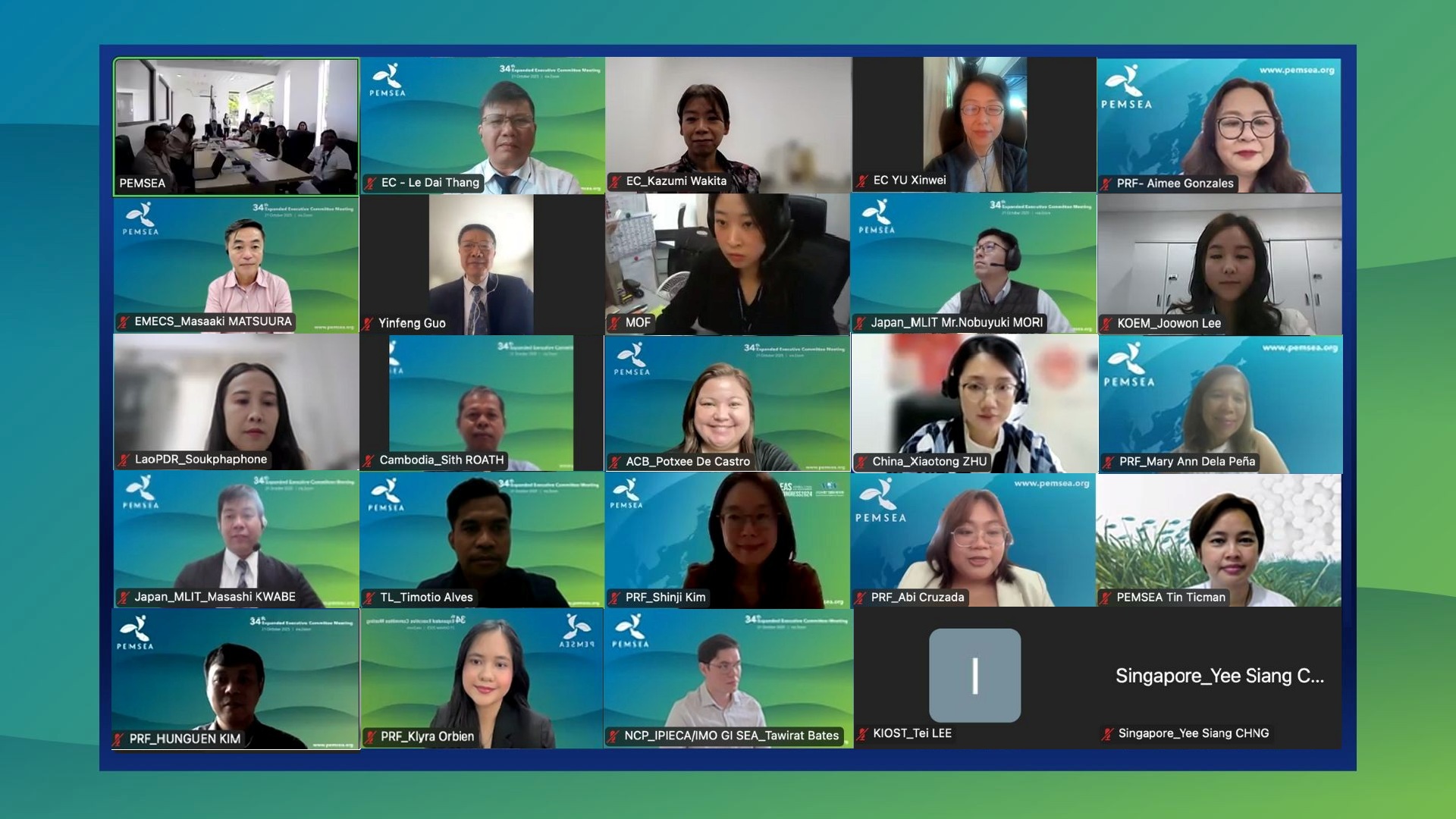GEF/World Bank/UNDP/PEMSEA Partnership Recognized at IW Conference
Wednesday, 23 January 2008

Cape Town, South Africa — The Global Environment Facility (GEF) and its Implementing Agencies (United Nations Development Programme, United Nations Environment Programme, and the World Bank) hosted the Fourth Biennial International Waters Conference in Cape Town, South Africa from 31 July-3 August. The purpose of the conference was to share experiences and innovative practices among GEF's global International Waters portfolio (nearly $4 billion), promote learning and capacity building, develop strategies to enhance stakeholder collaboration, and encourage GEF International Waters (IW) projects to apply evolving GEF policies and procedures during implementation.Approximately 200 participants from more than 100 countries attended the event, which was organized as a series of conversation table dialogues, working groups, focused learning discussions, inter-project clinics, and an innovation marketplace exhibition.The specific topics addressed during the conference included:Good IW Governance and Institutions: how to promote good governance and build institutions to promote transboundary waters management.GEF IW Policies and Procedures: examination of emerging GEF policies and procedures pertinent to IW projects and their partners.Financing and Sustaining IW Partnerships: ongoing mechanisms to financially support GEF IW projects throughout their project life cycle, and indefinitely thereafter.IW Scientific and Technical Tools: innovative and effective scientific and technical tools for IW management, e.g., SAP implementation, constructed wetlands, and economic valuation.Measuring IW Impacts and Results: monitoring and evaluation of impacts and results in GEF IW projects.Learning among IW Projects: opportunities for GEF IW partnerships to learn good practices from one another.PEMSEA participated in the innovation marketplace exhibition, setting up a joint exhibit with GEF, World Bank and UNDP entitled, "Strategic Partnerships in the East Asian Seas." The exhibit focused on the application of partnerships as a means of implementing the PEMSEA framework for sustainable development of coastal areas in East Asia. The exhibit illustrated that, through integrated approaches to coastal and ocean governance at the local, national and regional levels, on-the-ground changes are occurring in areas such as hazard prevention and management, habitat restoration, alternative livelihoods, fisheries management, water use and conservation, and pollution reduction and management.The exhibit emphasized that, although these outcomes are still limited to a few specific "local government" sites within the region, the resulting "good practices" can be replicated and scaled up across countries and the region. That is why Strategic Partnerships among countries, donors, financial institutions, private sector, the scientific community, and NGOs are an important aspect of the GEF IW and PEMSEA strategies.The message seemed to be well appreciated as many conference participants took the time to visit the display, ask questions about the experience in the region, and carry away PEMSEA's publications. An added bonus was the announcement on the final day of the conference that the Strategic Partnerships exhibit had been judged the most innovative exhibit among more than 40 registered exhibitors from the different regions of the world. Congratulations to GEF, World Bank, UNDP and PEMSEA partners!



